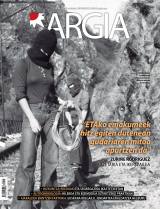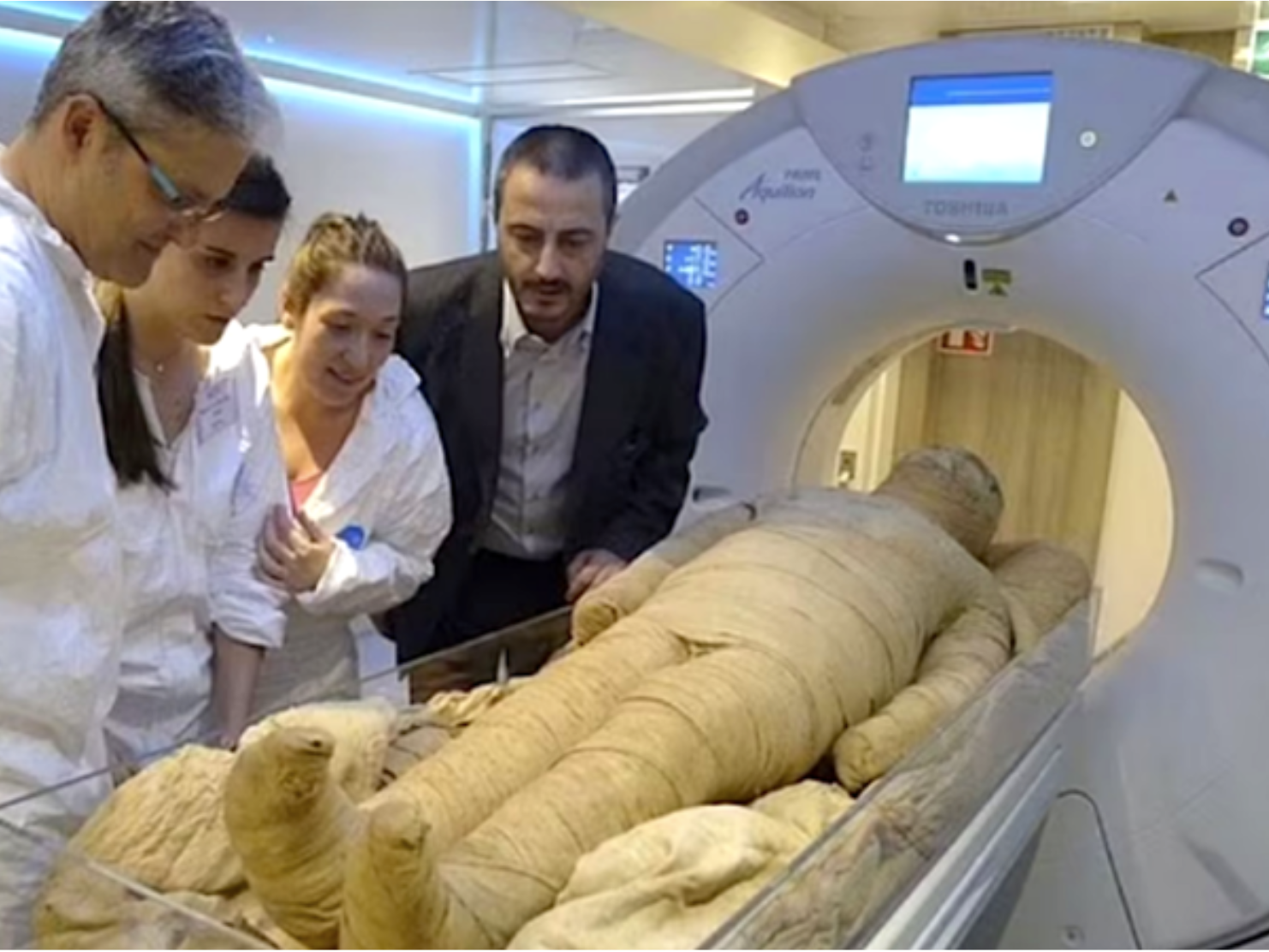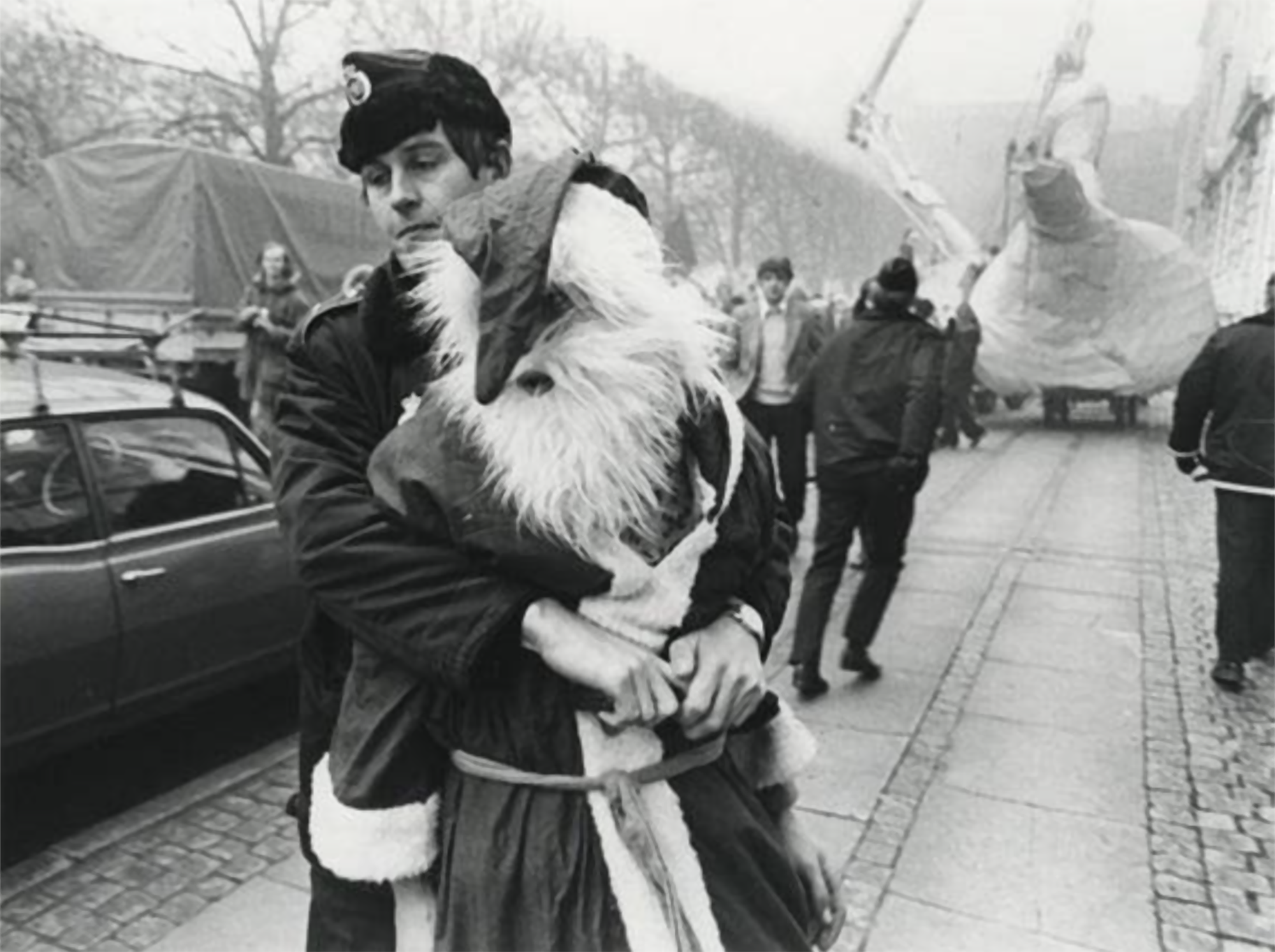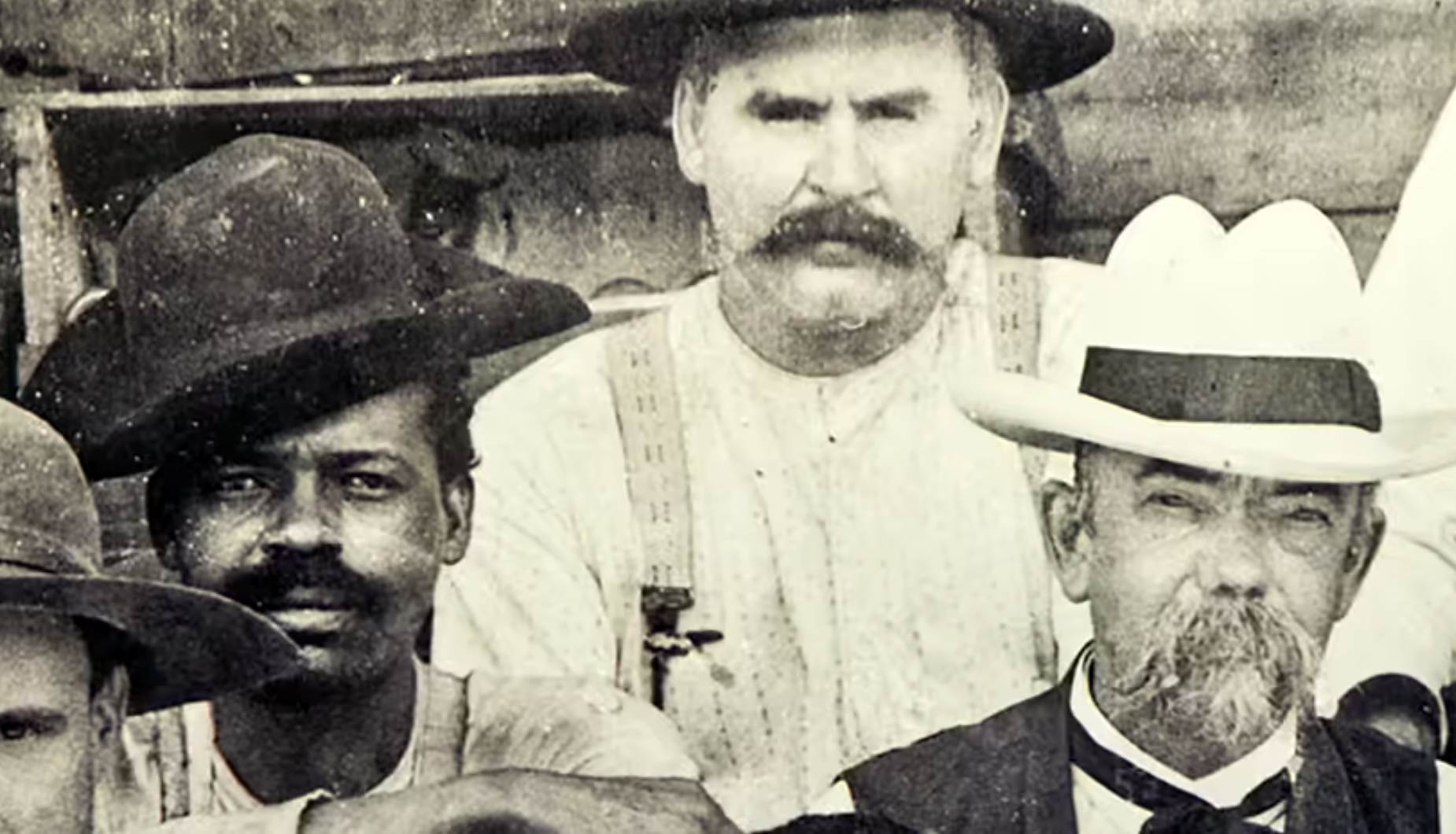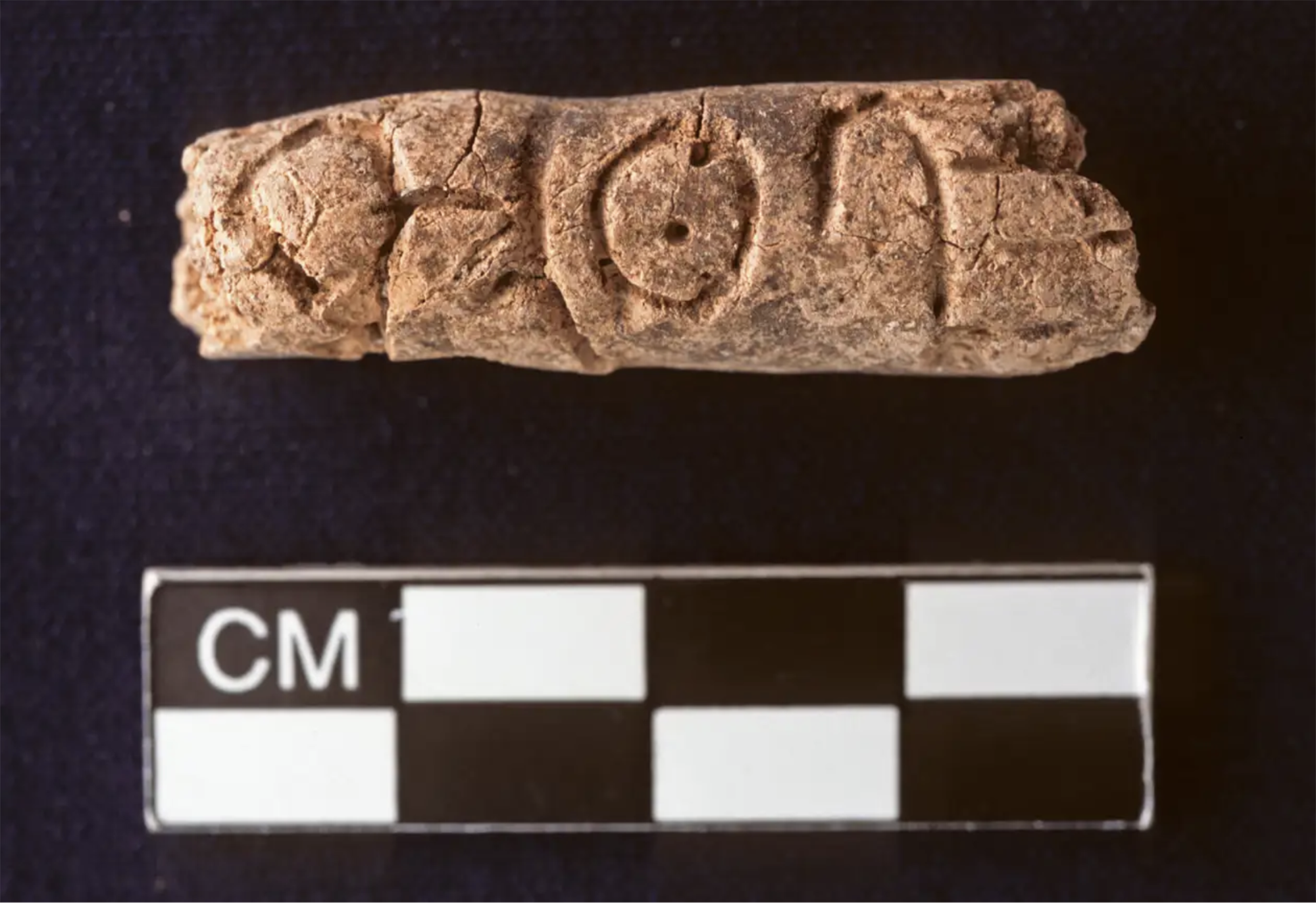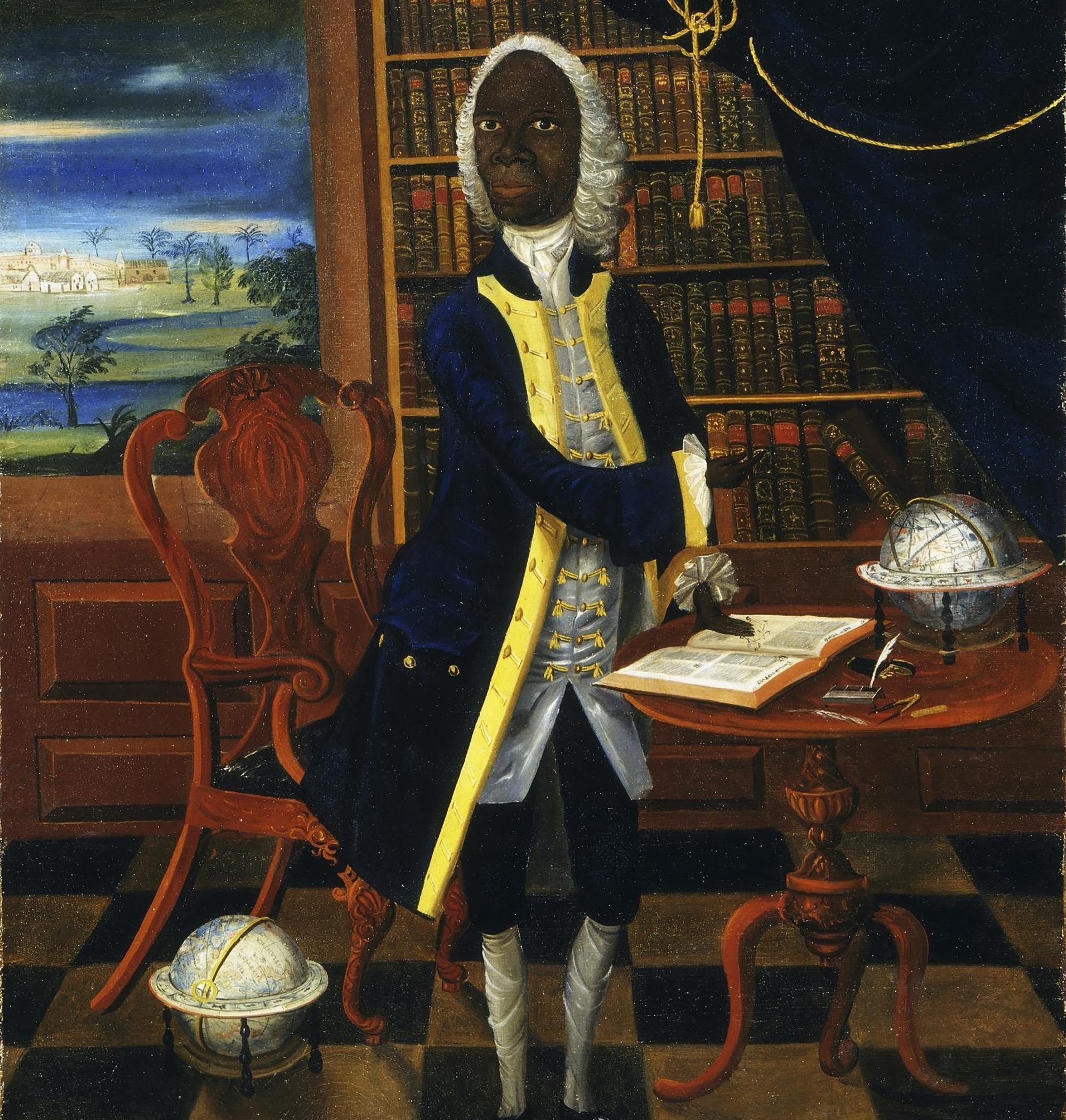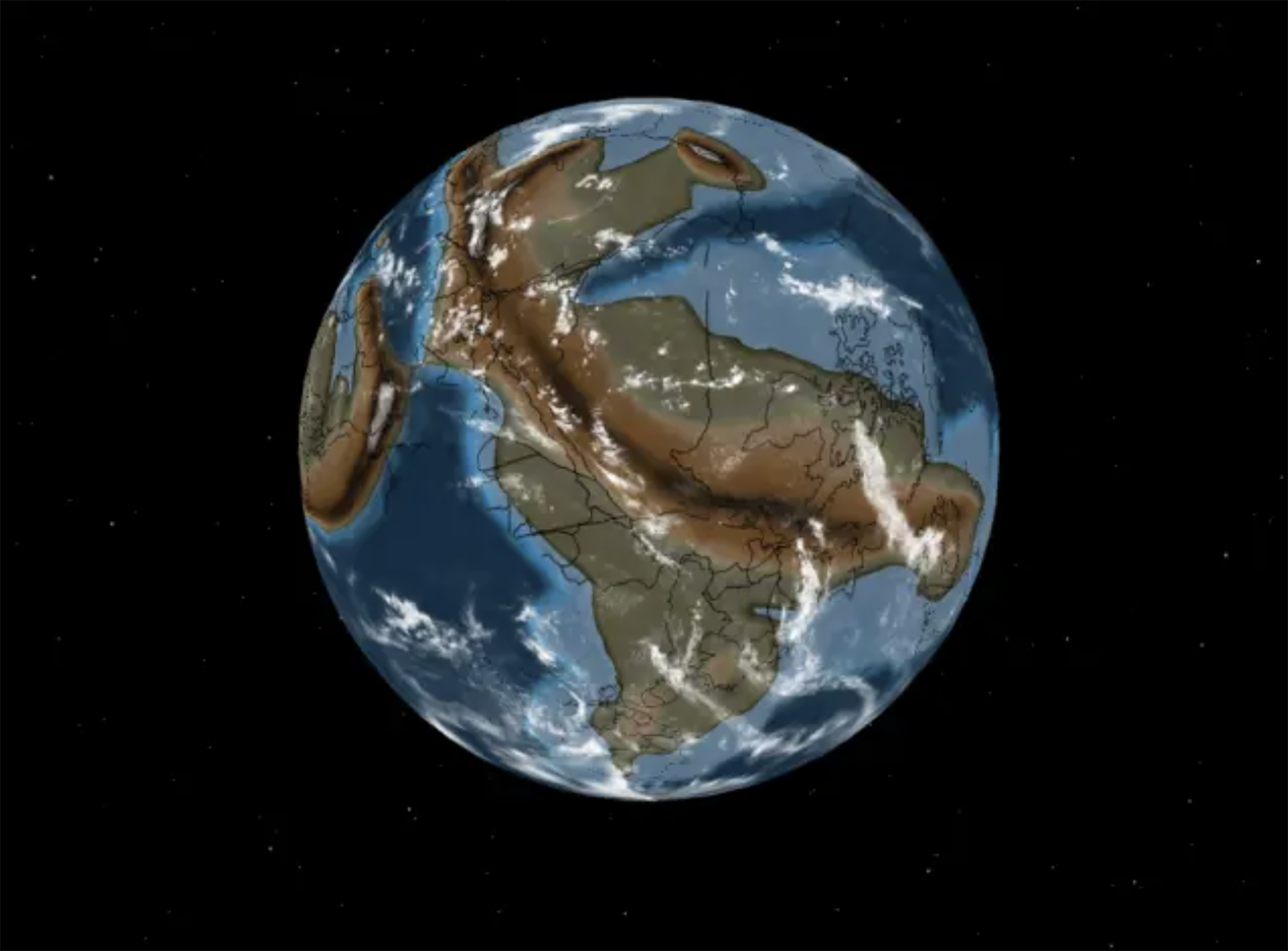Dynamic Union Instrument
- Pamplona, c. 848. Oneka Orti, daughter of King Orti Gartzez of Begibakarra of Pamplona and Queen Auria, daughter of the Aritza tribe, was born. His news was received by the Codex of Roda and the chronicles of the historians of Al-Andalus, but they hardly express any of their character and Oneka is better known for the political influence their marriages had.
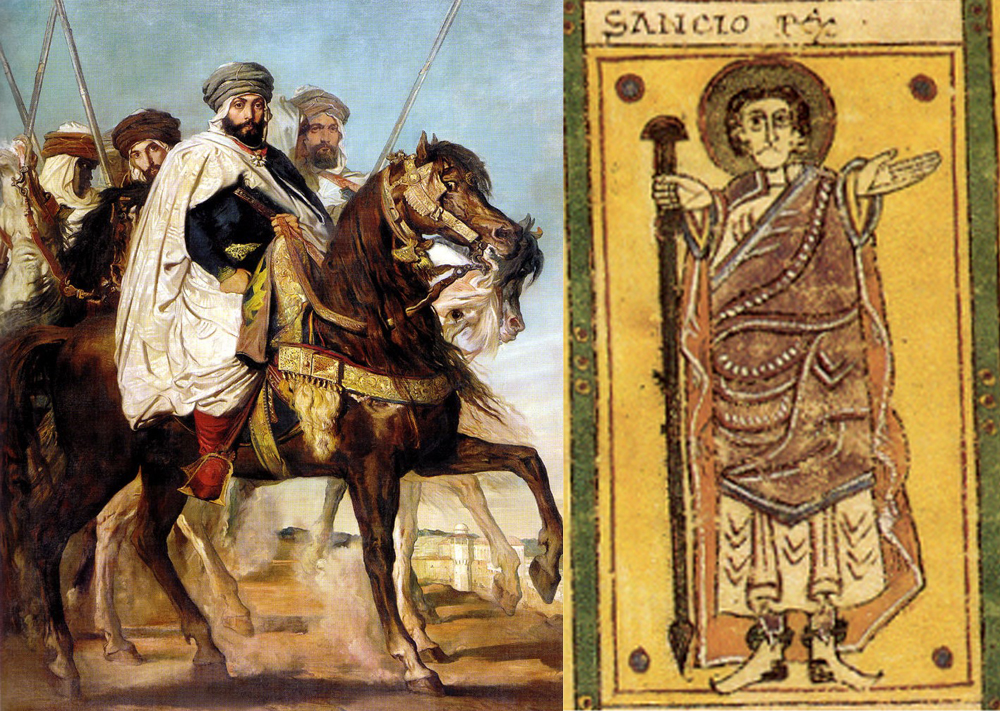
His father, Orti Garcés, was arrested by the Muslims in 860 on an expedition led by the emir of Córdoba, Muhammad I. He was transferred to Córdoba, where he remained in the golden cage for the following two decades. During a long luxury captivity, Oneka was accompanied by her daughter; we don’t know if she was caught with her father or sent to the Emir court, but two years later, Oneka is a teenager who married – or did – Abdullah, the son of Emir. The relations between the Christian slaves and the Muslim authorities were common; two years ago, in this same section, we brought the case of the Vascon slave Subh, which became the favorite of the caliph. But it was one of the few marriages between real Christian and Muslim families. In addition, the union of the Omeya and Aritza dynasties enabled collaboration between the two main kingdoms of the Iberian Peninsula.
Oneka had three children. Muhammad's son was named successor to the throne, but was killed in 891 and, finally, Oneka's grandson, Abd ar Rahman, achieved the position.
But before, in 882, Oneka returned to Pamplona with his father, leaving behind his children. He married his cousin Azearen Antso de Larraun, with whom he had three children. The daughters of Tota and Antsa would marry the members of the Semeno family, which enabled the union of the Aritza and Semeno dynasties of Navarra.
The Roda Codex questions all that chronology; it says that Oneka was born earlier, that his first wedding was with Azea Antso and then married Abdullah. But the order of the factors does not change the product: thanks to it the three tribes came together.
In the following century, Subh, who arrived in Córdoba as a slave, had a great influence in the future, performing in practice regency tasks. But Princess Oneka was a mere instrument. That is a very effective tool.
Vietnam, February 7, 1965. The U.S. Air Force first used napalma against the civilian population. It was not the first time that gelatinous gasoline was used. It began to be launched with bombs during World War II and, in Vietnam itself, it was used during the Indochina War in... [+]
Archaeologists have discovered more than 600 engraved stones at the Vasagård site in Denmark. According to the results of the data, dating back to 4,900 years ago, it is also known that a violent eruption of a volcano occurred in Alaska at that time. The effects of this... [+]
Japan, 8th century. In the middle of the Nara Era they began to use the term furoshiki, but until the Edo Era (XVII-XIX. the 20th century) did not spread. Furoshiki is the art of collecting objects in ovens, but its etymology makes its origin clear: furo means bath and shiki... [+]
In an Egyptian mummy of 3,300 years ago, traces of Yersinia pestis, the bacterium that caused the Justinian plague in the 6th century and the Black Plague in the 14th century, have just been found.
Experts until now believed that at that time the plague had spread only in... [+]
Greenland, the end of the 10th century. The first Scandinavian explorers and settlers arrived on the island. But by the 15th century these settlements had been abandoned and the original Inuit remained. But in 1721, the missionary Hans Egede organized an expedition and the... [+]
In 2017, Indonesia and the Netherlands signed an agreement to return the heritage stolen by the European country because of colonialism for three centuries. The Indonesian responsible for the return process, Gusti Agung Wesaka Puja, explained that this agreement "was important in... [+]
Greece 1975. The country began the year as a republic, three weeks earlier, in the referendum on 8 December 1974, after the citizens decided on the end of the monarchy.
A decade earlier, in 1964, when King Paul I died, his son Constantine took the throne at the age of 23.
But... [+]
Copenhagen, 18 December 1974 At 12 noon a ferry arrived at the port, from where a group of about 100 Santa Claus landed. They brought a gigantic geese with them. The idea was to make a kind of “Trojan Goose” and, upon reaching the city, to pull the white beard costumes... [+]
Tennessee (United States), 1820. The slave Nathan Green is born, known as Nearest Uncle or Nearest Uncle. We do not know exactly when he was born and, in general, we have very little data about him until 1863, when he achieved emancipation. We know that in the late 1850s Dan... [+]
New York, 1960. At a UN meeting, Nigeria’s Foreign Minister and UN ambassador Jaja Wachucu slept. Nigeria had just achieved independence on 1 October. Therefore, Wachuku became the first UN representative in Nigeria and had just taken office.
In contradiction to the... [+]
Researchers at Johns Hopkins University have discovered several cylinders with inscriptions at the present Syrian Reservoir, the Tell Umm-el Marra. Experts believe that the signs written in these pieces of clay can be alphabetical.
In the 15th century a. The cylinders have... [+]
London 1928. At the Victoria and Albert Museum there was a very special painting: in the painting there is a black man, with wig and Levite, surrounded by books and scientific instruments. Thus it was catalogued in the Museum: “Unique satirical portrait representing a failed... [+]
Ethiopia, 24 November 1974. Lucy's skeleton was found in Hadar, one of the oldest traces of human ancestors. The Australian hominid of Australopithecus afarensis is between 3.2 and 3.5 million years old.
So they considered it the ancestor of species, the mother of all of us. In... [+]
A group of archaeologists from the University of Berkeley, California, USA. That is, men didn't launch the lances to hunt mammoths and other great mammals. That was the most widespread hypothesis so far, the technique we've seen in movies, video games ...
But the study, published... [+]









